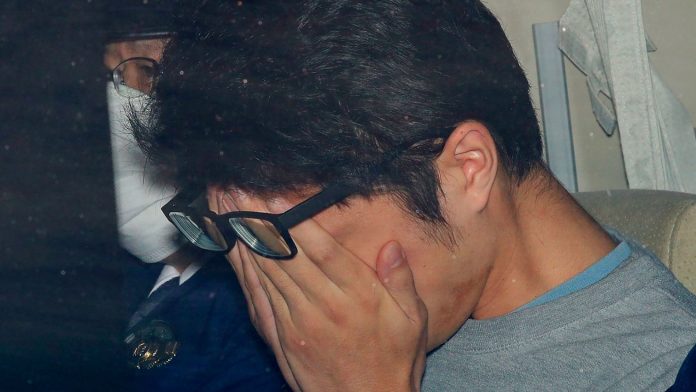Japan has executed Takahiro Shiraishi, infamously known as the Twitter Killer, marking the first use of the death penalty in Japan since 2022.
Shiraishi, 33, was hanged on Friday after being convicted for the brutal murders and dismemberment of nine people he lured through Twitter (now known as X) back in 2017. His victims, primarily women between the ages of 15 and 26, had reportedly expressed suicidal thoughts online. Posing as someone who could help them die painlessly, Shiraishi invited them to his apartment near Tokyo, where he strangled them to death and mutilated their bodies. According to police and court reports, he stored body parts in coolers and containers, some hidden, others carelessly discarded.
The Twitter Killer case shocked not only Japan but the world, igniting conversations about online safety, mental health, and how predators exploit social media platforms. Justice Minister Keisuke Suzuki, who personally approved the execution, described the crimes as “heinous and calculated,” adding that Shiraishi committed robbery, rape, murder, and destruction and abandonment of corpses.
“Nine lives were stolen in the most horrific way. After thorough consideration, I ordered the execution,” Suzuki said at a press briefing in Tokyo. While rare, executions in Japan are carried out by hanging, and often come with little to no prior notice. Inmates are usually informed on the day of execution, often mere hours before the sentence is carried out; the practice has been condemned by rights groups for its secrecy and psychological toll, yet Japan defends it.
In fact, Japan remains one of only two G7 nations — alongside the United States — that still upholds the death penalty. According to a 2024 government survey, 83% of Japanese citizens support capital punishment, citing justice for victims and deterrence as key reasons.
As of December 2023, 107 inmates remain on death row in Japan, many of them held in solitary confinement for years, even decades, awaiting an uncertain end. Shiraishi’s execution follows the 2022 hanging of Tomohiro Kato, who killed seven people in a 2008 rampage in Tokyo’s Akihabara district. It also brings to mind Japan’s most infamous executions — the 2018 hanging of cult leader Shoko Asahara and 12 members of the Aum Shinrikyo sect responsible for the 1995 Tokyo subway sarin gas attack.
Though Japan’s death penalty system remains under international scrutiny, Friday’s execution reaffirms the country’s hardline approach to justice, especially in cases where the crimes evoke national horror.
For many, the hanging of the Twitter Killer closes one of Japan’s darkest chapters in recent memory; still, it also raises difficult questions about mental health, social media vulnerability, and the high cost of silence in the face of visible online distress.
Read more: Rs 10 Billion Worth of Assets Allegedly Stolen from Pakistan Steel


























